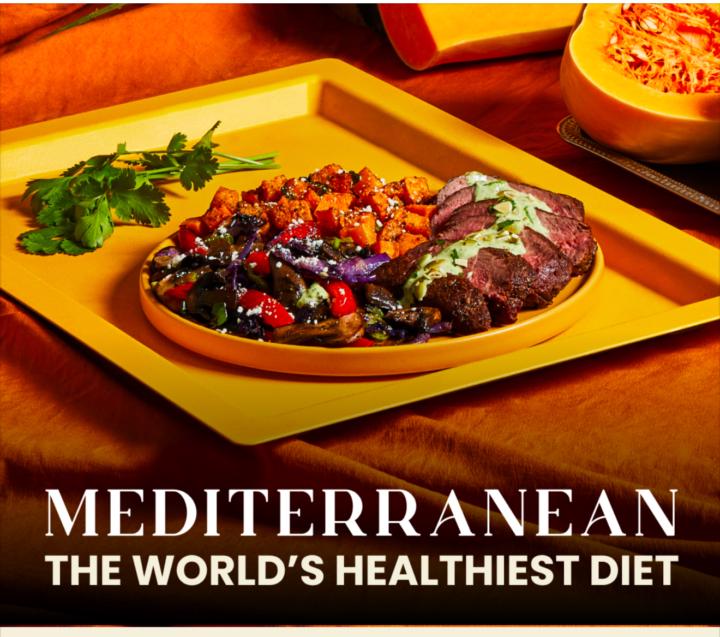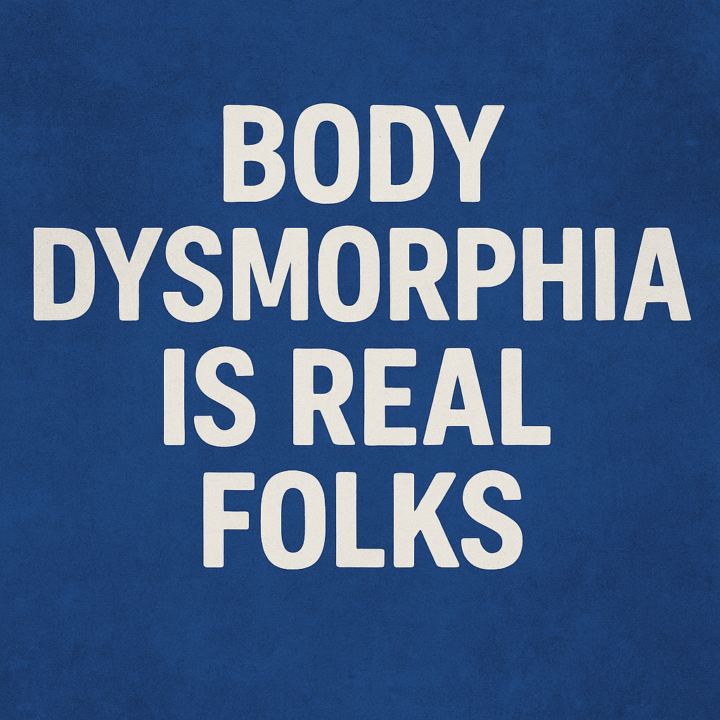Activity
Mon
Wed
Fri
Sun
Nov
Dec
Jan
Feb
Mar
Apr
May
Jun
Jul
Aug
Sep
What is this?
Less
More
Memberships
PP
Popular Peptides
647 members • Free
Biohacking Peptide Playground
1.7k members • Free
Bio Health Peptides Proteins
282 members • Free
Peptide Researchers
5.4k members • Free
18 contributions to Bio Health Peptides Proteins
What to Eat on GLP
Imagine sitting at your kitchen table, staring down at your plate. You’ve been on your GLP medication for a little while now, and something is different. The old rhythm of eating—hungry, eat fast, crash later—is gone. Instead, food lingers. A simple meal keeps you full for hours. That bag of chips you used to crave? It doesn’t call your name anymore. You notice that your body is slowing things down, stretching out every bite, every calorie, every nutrient. That’s the magic of GLP-1s. They tell your stomach, “Take your time. We’re in no rush.” They whisper to your brain, “You’re satisfied, no need to chase more.” They fine-tune your blood sugar, making the spikes and crashes less dramatic. But here’s the thing: what you put on your plate still matters. If your slowed-down stomach is handed greasy, processed food, it feels heavy, uncomfortable, maybe even queasy. But when you give it vibrant, balanced meals—rich in color, flavor, and nutrients—the whole system works like a symphony. Enter the Mediterranean table. Picture a plate drizzled with golden olive oil, a handful of roasted vegetables bursting with sweetness, a slice of tender salmon, maybe a side of chickpeas dusted with herbs. Nothing fancy—just whole, fresh, real food. When combined with GLP-1 therapy, these foods aren’t just fuel—they’re harmony. The fiber and healthy fats steady your energy. The lean proteins keep muscles strong. The antioxidants and omega-3s protect your heart. And because GLP-1s are already slowing down digestion, these Mediterranean staples have time to work their magic—nourishing you fully, without overwhelm. Think of it like this: GLP-1s are the conductor, slowing down the tempo. The Mediterranean diet is the orchestra, playing the right notes. Together, they create a rhythm of health—steady, powerful, and lasting. The result? You don’t just eat less. You eat better. You feel better. And for the first time in a long time, food isn’t the enemy—it’s part of your healing.

Dysmorphia
Body dysmorphia is real, folks. I post a lot about eating low-to-no carbs and fasting — because I believe those things help. But the body dysmorphia is still there. I still see that chubby, fat bastard — “Fat Bastard” from Austin Powers — the name I used for years. I’m an all-or-nothing guy. If I’m going to do something, I do it with passion, drive, and a need to prove I’m the best. That’s great for work and training — but eating is different. Good-tasting, horrible food is a weakness I carry. I’m beating it, but for me it’s a flip-the-switch problem: one taste and the whole thing goes off the rails. I don’t take one bite — I eat all of it. Fighting this is hard. The mirror rarely shows what you want. Part of you is always ashamed of how you look. You’ll slip. You’ll struggle. You might even find it hard to fall asleep without a full, satisfied belly — I used to. Keep fighting. Never give up. This is a marathon, not a race. Your health depends on your diet. Be strong. Learn to love yourself. You are worth it.

HGH vs Morelin family
Human Growth Hormone (HGH) has been studied for decades, but before anyone thinks about it as a research option, it’s critical to understand where it fits in the growth hormone pathway. 🔹 HGH: The Direct Approach - What it is: Recombinant (lab-made) growth hormone, identical to what our pituitary makes. - How it works: Skips the signaling pathway and directly raises circulating GH → IGF-1. - Benefits: Fat reduction (especially visceral fat), improved recovery, collagen synthesis, bone density, and sleep regulation. - Drawbacks: Long cycles needed, higher costs, potential for water retention, insulin resistance, and carpal tunnel–like symptoms. HGH is like stepping directly on the gas pedal—it drives growth, but without the “feedback” loops the body usually uses to balance secretion. 🔹 The “-Morelin” Family: The Signal Approach Instead of supplying GH directly, these peptides send a pulse signal to the pituitary, mimicking the body’s natural rhythm. - GHRP-2 / GHRP-6: Strong stimulators, increase GH release but may spike cortisol/prolactin in some. - Ipamorelin: Cleaner option, GH release without big side effects. - Tesamorelin: FDA-approved for HIV lipodystrophy; excellent fat-loss profile. - CJC-1295 (w/o DAC): Works synergistically with the above by lengthening GH release pulses. 📊 Key Difference: Morelins whisper to the pituitary → “Release your own GH.” HGH hands GH to the bloodstream directly. ⚖️ Why Start with Morelins First 1. Diagnostic Value – You’ll see how your system handles increased GH pulses before committing to long HGH cycles. 2. Natural Rhythm – Morelins mimic the body’s natural nighttime spikes. 3. Flexibility – Shorter half-lives allow for fine-tuning. If a side effect appears, you can stop and reset. 4. Cost-Effective – Often less expensive than committing to recombinant HGH. 🚦 Practical Takeaway Think of the -morelin family as your test run: they teach you how your body responds to GH pathway signaling. If sleep, appetite, insulin sensitivity, or joint health shift dramatically, you’ll know before you jump into full recombinant HGH.
1-10 of 18
@scott-carroll-1387
53 year old dude on a weightloss and fitness journey...
Active 15m ago
Joined Aug 6, 2025
Powered by



